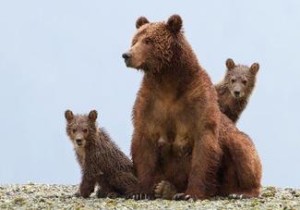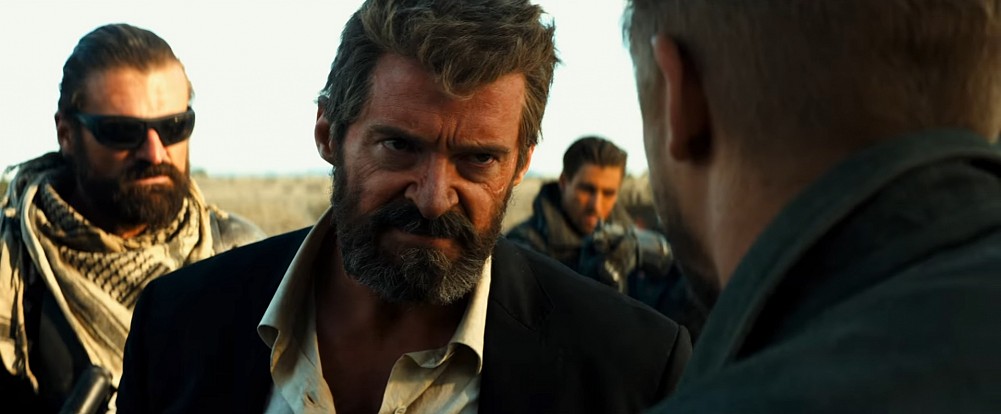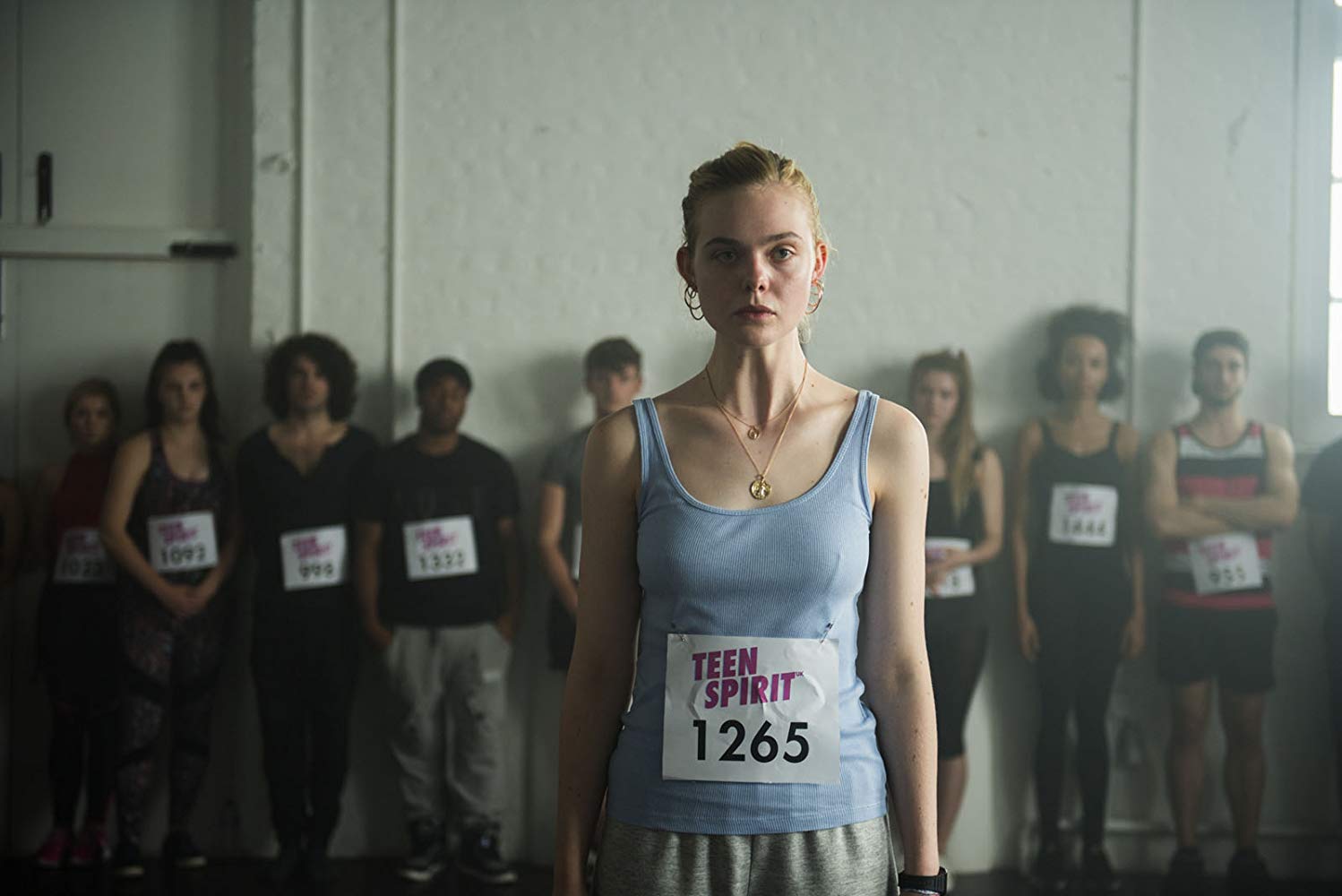Every Earth Day, Disney tries to remake March of the Penguins. And every Earth Day, Disney fails spectacularly. It would be funny if Frozen weren’t still in theaters. The latest film to remind you why you stopped watching The National Geographic Channel is Bears, a documentary that gets made when you’ve already exhausted your first five choices.
The cinematographic money shots appear atop the peaks of Alaska where a mama brown bear emerges from hibernation with two new cubs. Mama and cubs will trek for over a week to feeding grounds. Drink in the snow covered mountains of spring, gang, because once this film gets rolling, there isn’t much to it. I suppose it’s only fitting this coincides with Earth Day as every baseball fan knows the best time to watch the Cubs is in April.
Many cubs don’t make it to their first year and there’s no shortage of reasons why: weather, water, food and predators are all serious problems. The predators part is fairly odd for a species at the top of the food chain. Mama bear herself takes a fairly hands-off attitude towards cub protection. She assumes they’ll be by her side, and she’ll fight for them if they’re present, but if they’re not, oh well, screw ’em. I wish I were kidding;  Bears shows her abandoning the cubs time and time again and then just sort of waiting to see if they’re still alive.
Bears shows her abandoning the cubs time and time again and then just sort of waiting to see if they’re still alive.
Speaking of still alive, when the three finally find their field of dreams, it’s more like a nightmare. The food ain’t exactly a bounty and the other bears are just kinda … there, but any social joy the sleuth (yes, I looked it up) might feel from the community gathering is bogus. It’s fair to say other brown bears are likelier to hinder the mama and cubs than help them. Two aggressive male bears even tried eating the cubs. Is there a point at which you say, “screw the species, I’m hungry?” Guess so.
Wow, bears are kinda pricks, huh?
The entire documentary then becomes: three bears look and look for food, but the papa fishing hole, the mama fishing hole and the baby fishing hole were all Goldilocksed out by bigger bears. Mama still has to stuff herself silly in time to hibernate again next winter, so she keeps just wandering around in case food happens. If not for the occasional predator, Bears would bore everybody, not just the children it’s aimed at.
I thought Samuel L. Jackson was a poor choice for to narrate a nature film. I thought wrong. John C. Reilly narrates the action with all the humor of your uncle narrating home movies. I suppose it’s not terribly easy, but the anthropomorphization, ( ex. “hey, mom, where you going?”) starts in a bad place and never gets better.
Nature films are ultimately about science and the science in Bears is fairly weak. I’m left with dozens of questions that went unanswered like: what happens if mama doesn’t eat enough to sustain hibernation for herself and both cubs? Is cannibalism in brown bears a learned behavior? Who impregnated the mother? One of the bears who tried to eat her children perhaps? Do bears ever act socially? Why do bears hibernate so far away from food sources? Aren’t they at the top of the food chain? And, of course, the curse of any documentary is if you leave the theater saying, “you know what? I don’t care.” Screw the bears.
Brown bear, brown bear
What did you see?
Several predators
Eying hungrily
Brown bear, brown bear
Why did you flee?
Too many cam’ras
And a documen-try
Rated G, 78 Minutes
D: Alastair Fothergill, Keith Scholey
W: One of the bears, I think
Genre: Earth Day manipulation
Type of person most likely to enjoy this film: One of the bears, I think
Type of person least likely to enjoy this film: Those who use HD TVs to watch sports
Parody inspired by Brown Bear, Brown Bear, What Did You See?



